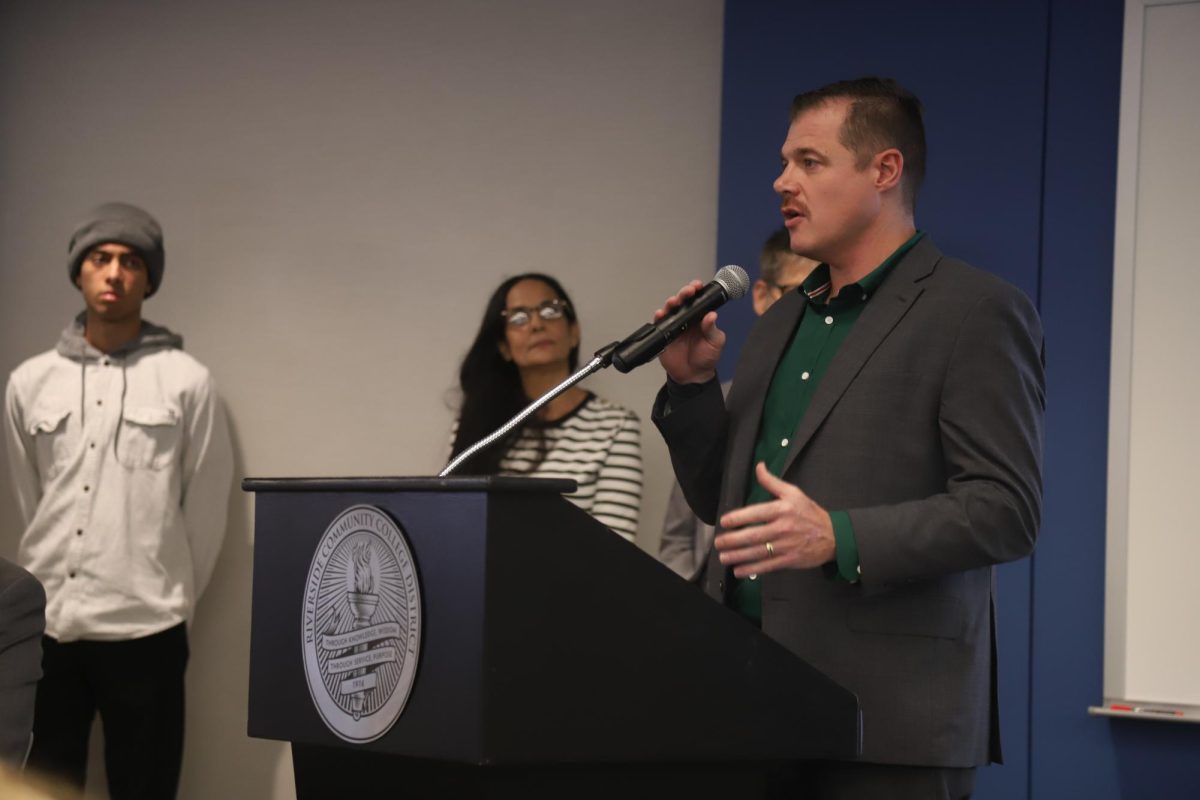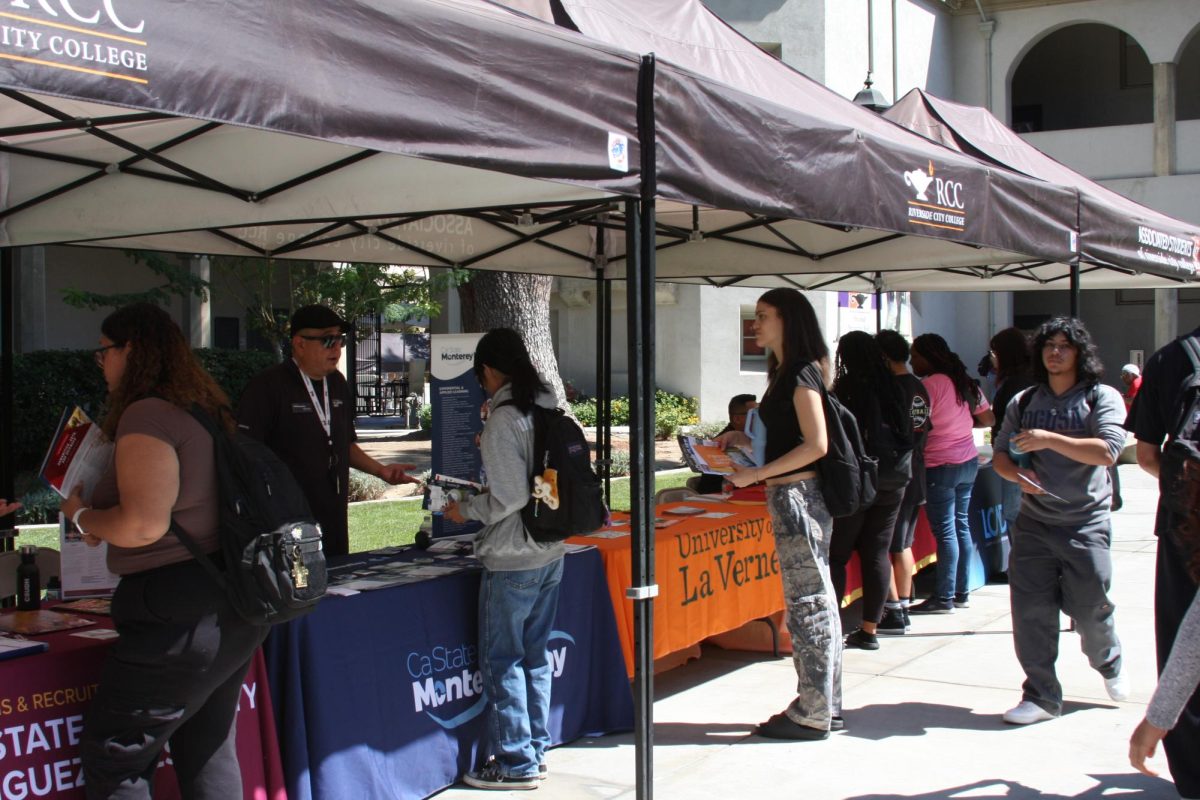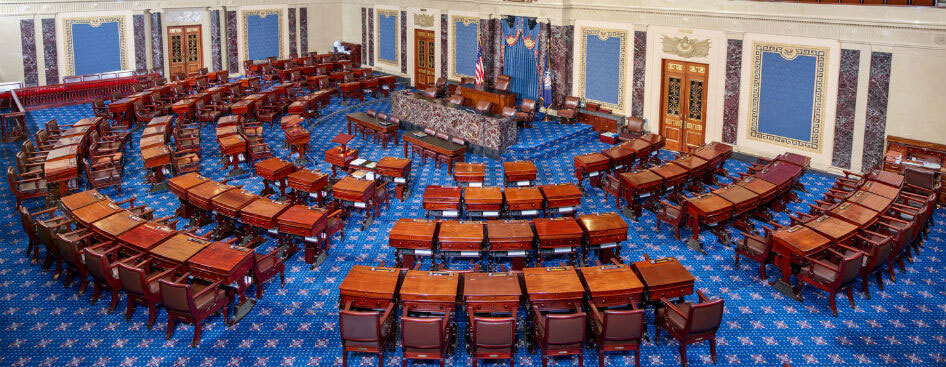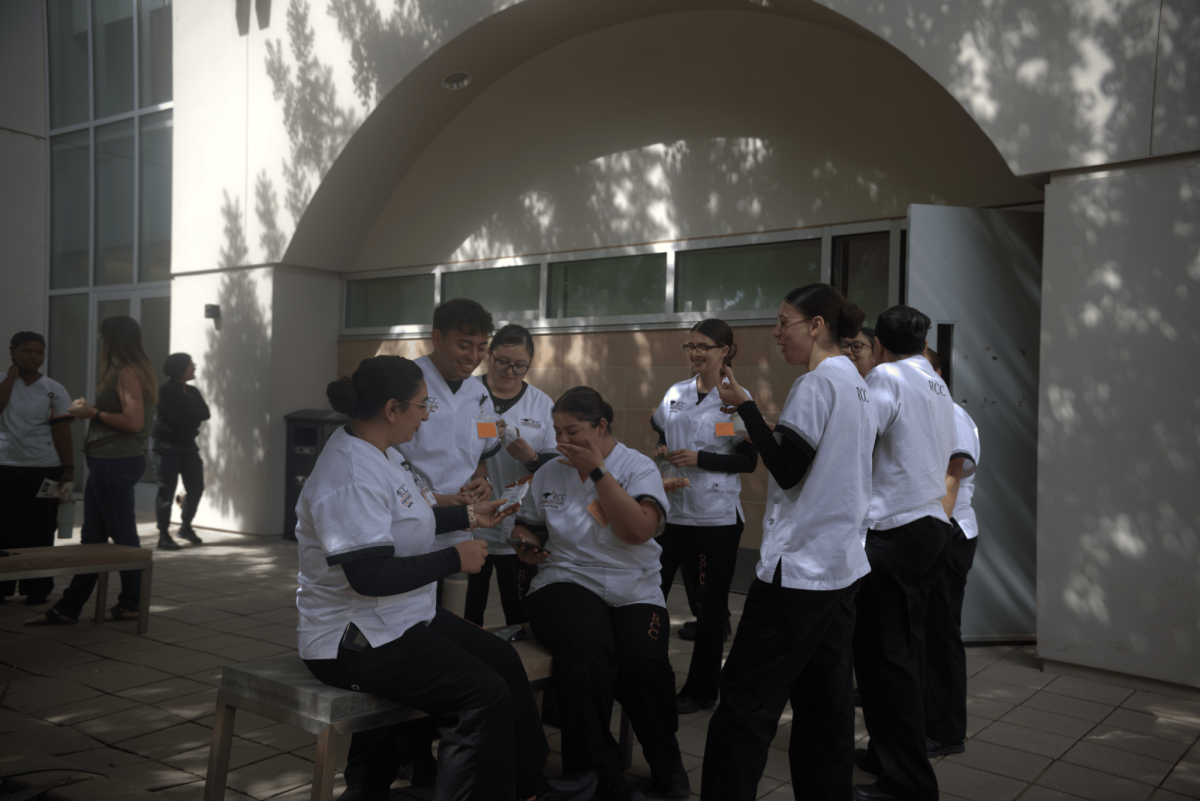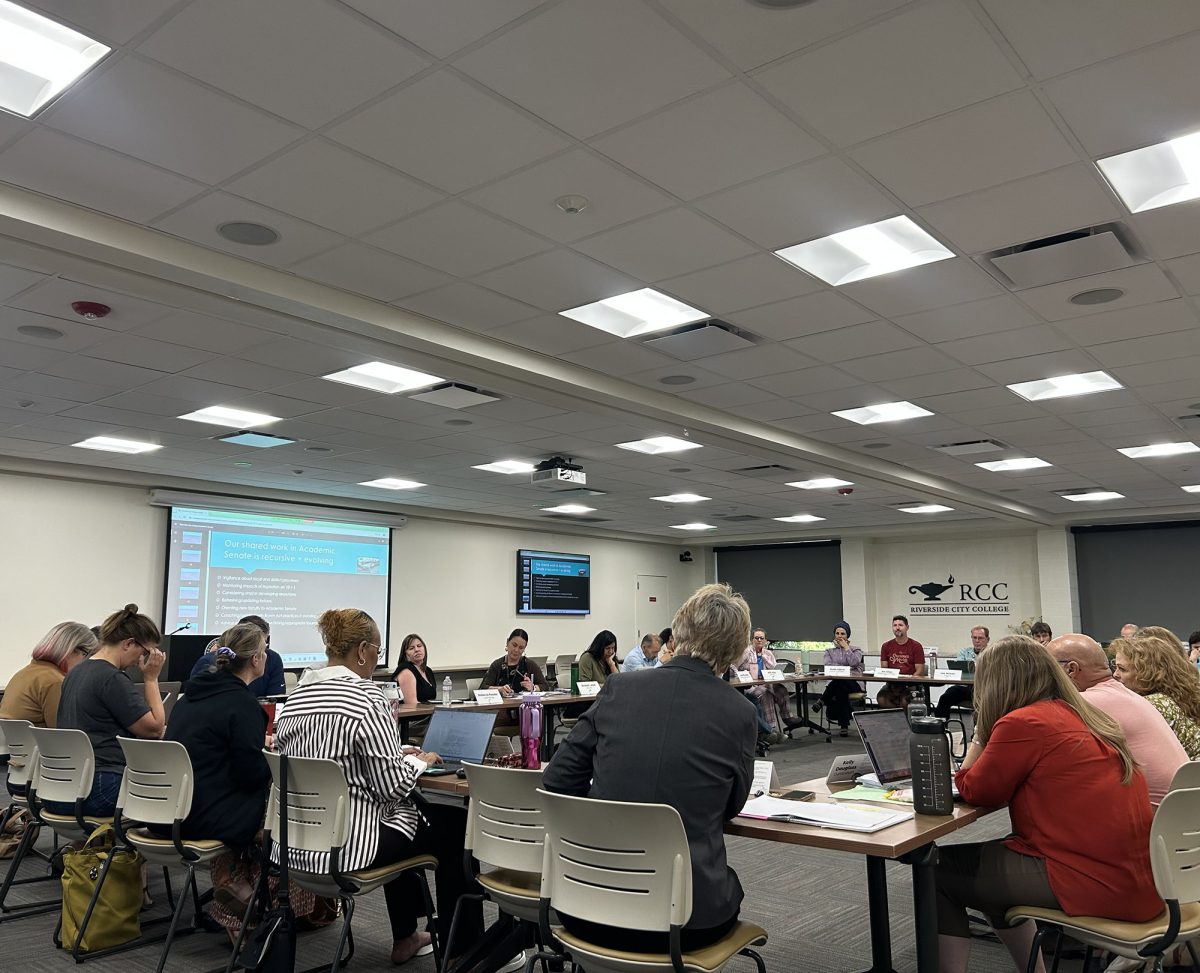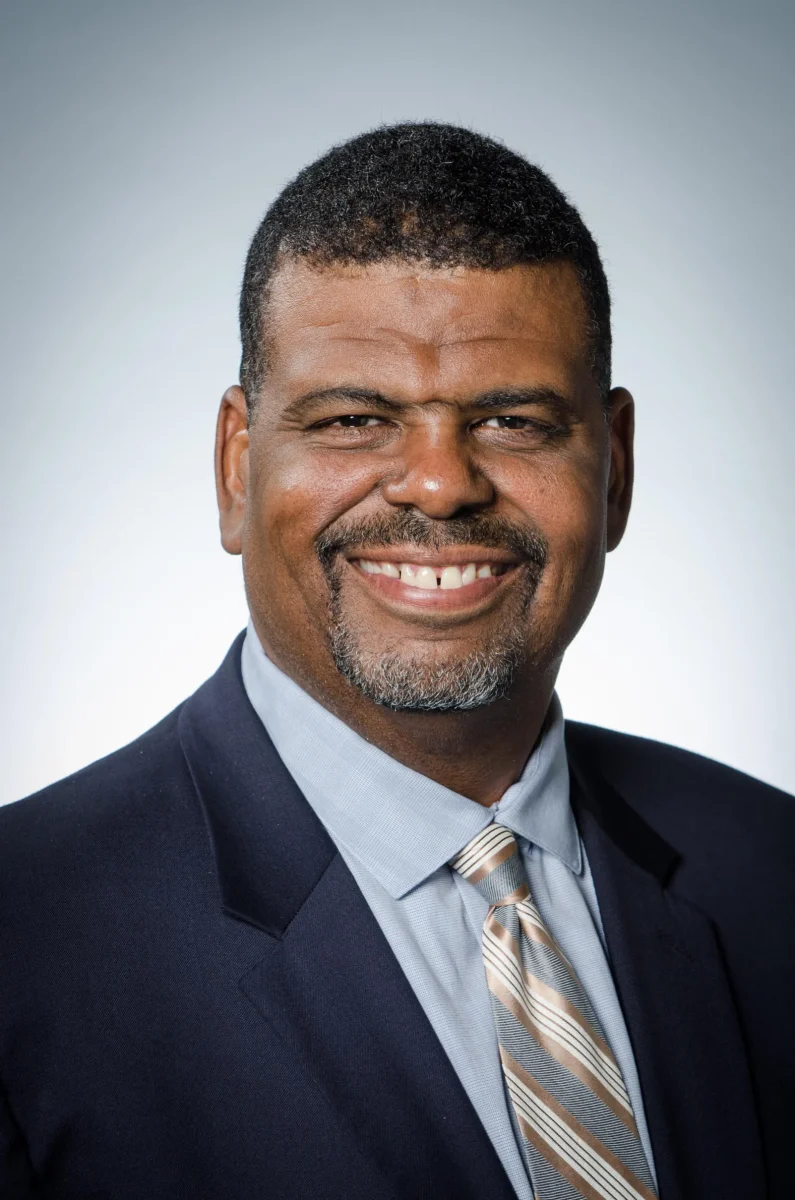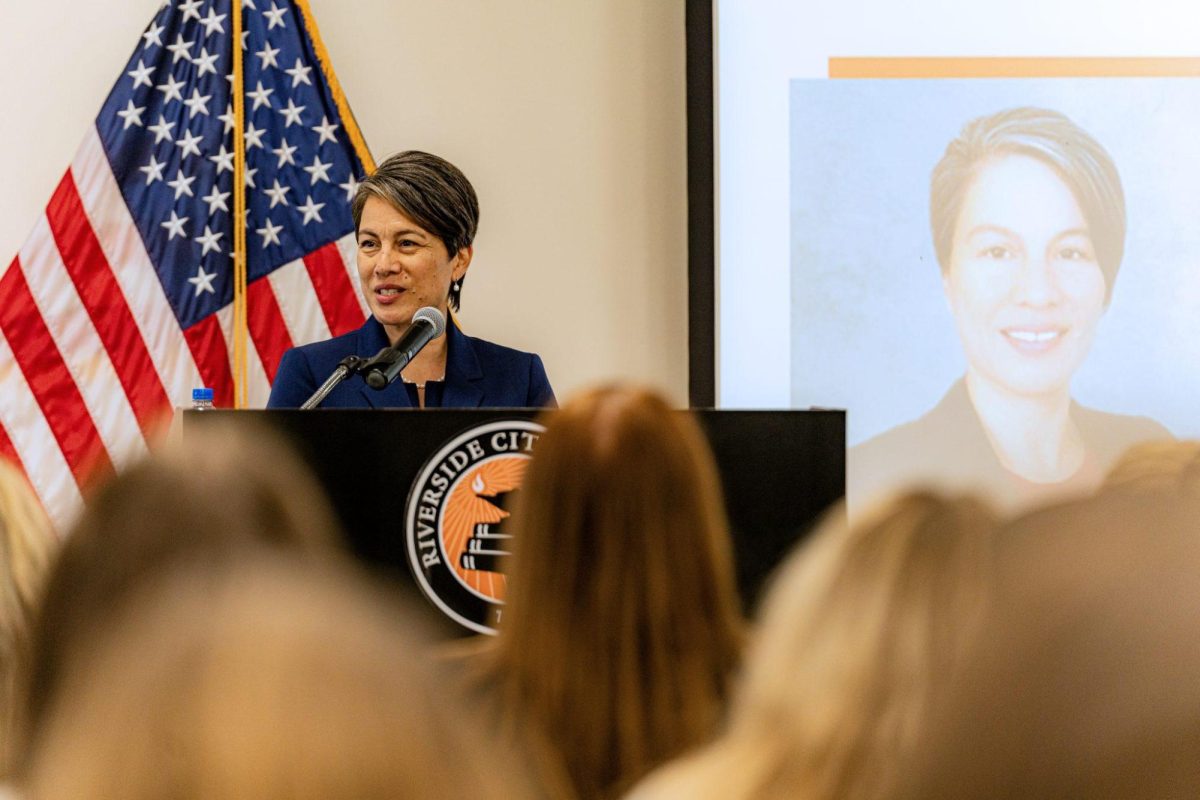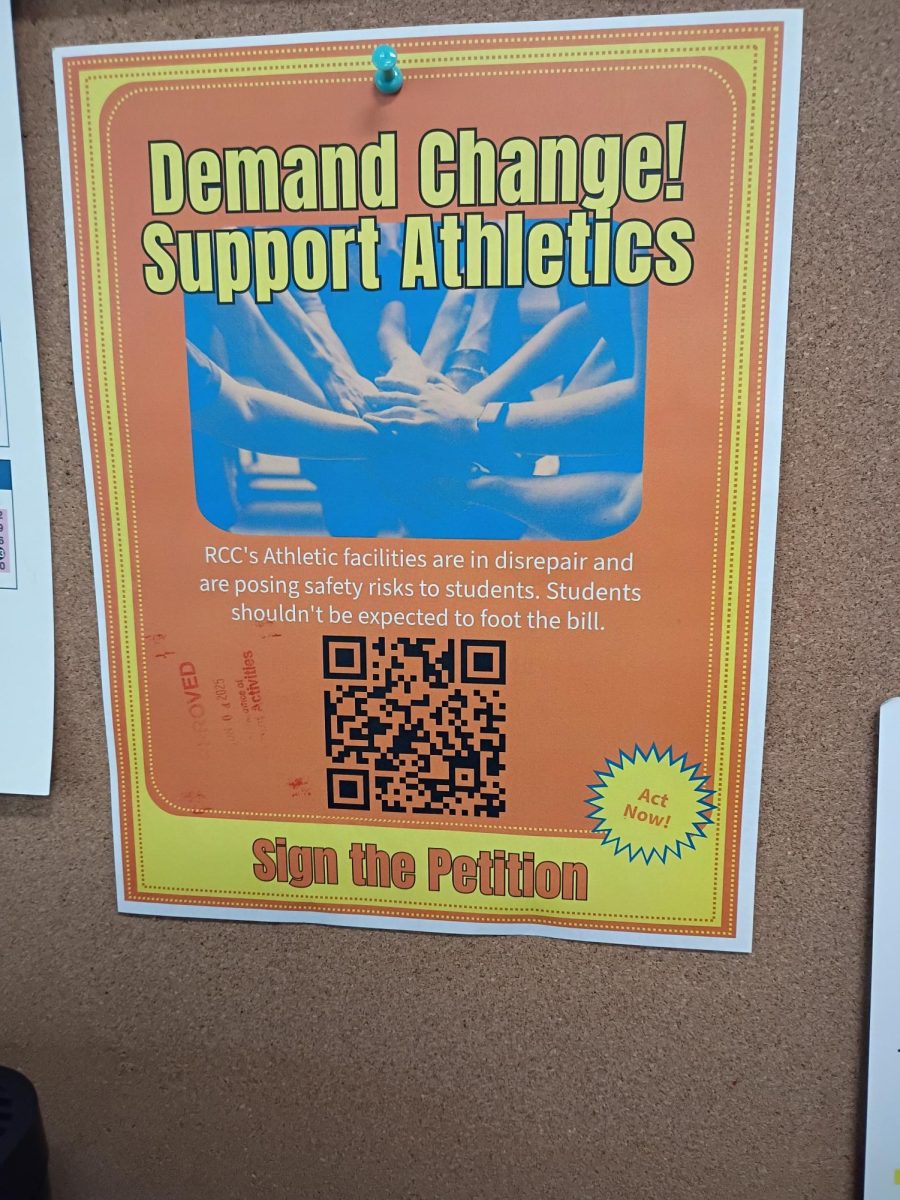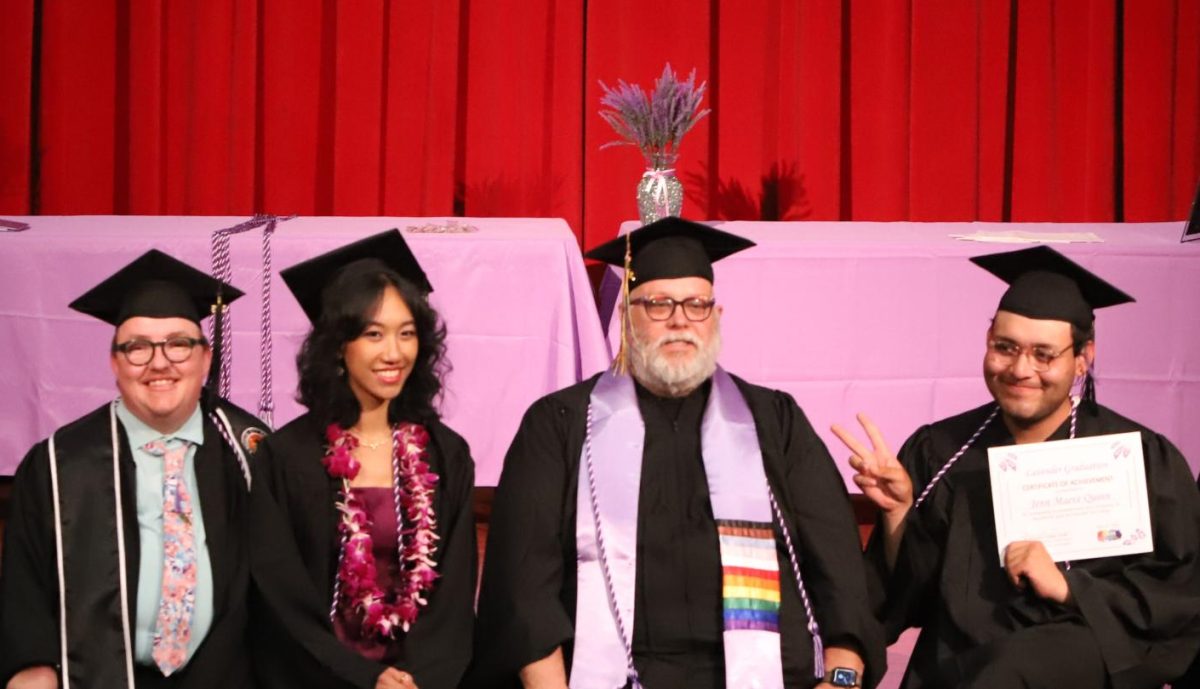Erik Galicia
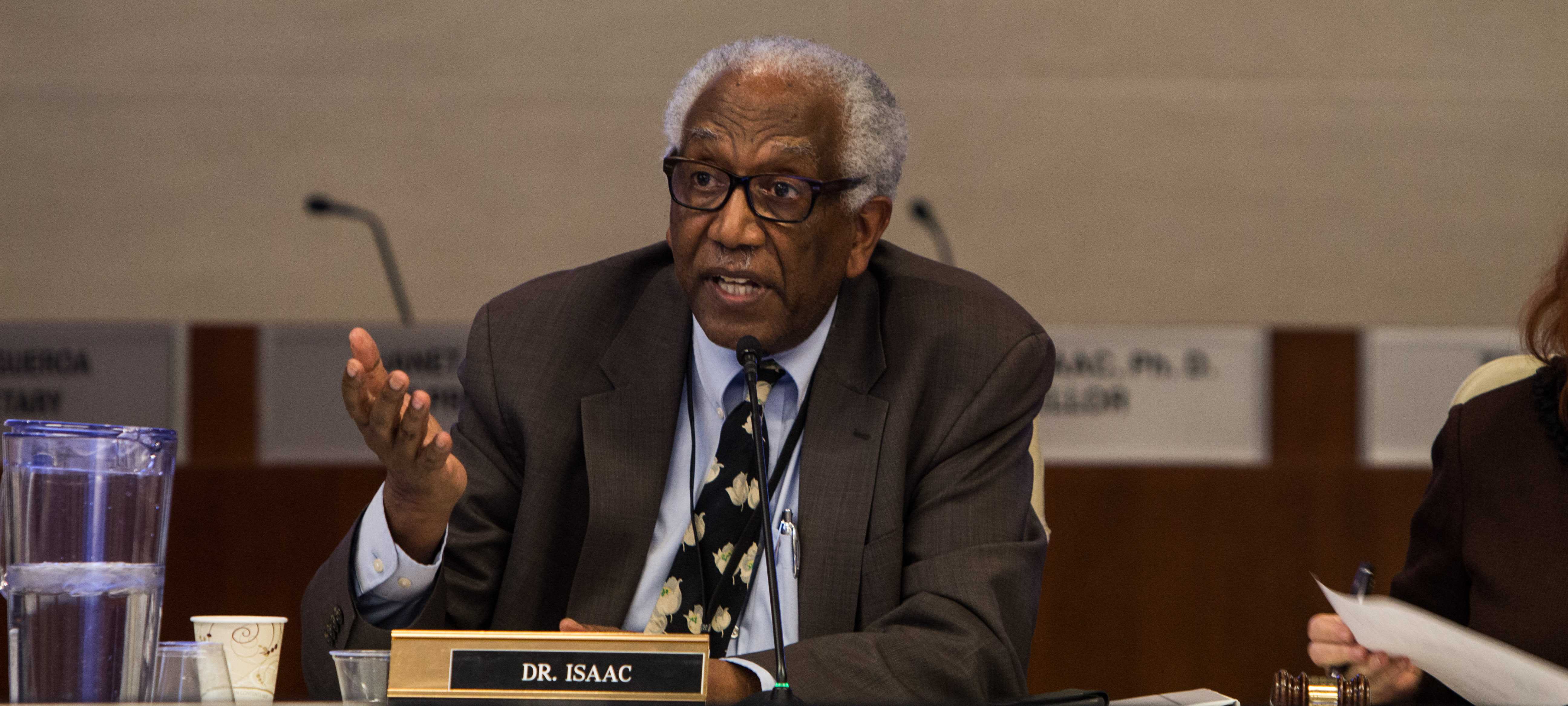
Riverside Community College District Chancellor Wolde-Ab Isaac held an open forum to discuss the 2019-2024 District Strategic Plan at Riverside City College on Aug. 30.
Isaac briefly detailed the district’s plan to tackle student homelessness with a downtown housing facility funded by the city of Riverside.
The district’s approach toward student homelessness was described as moving away from dormitories and stigmatized homeless shelters.
“The facility will be close to the district office,” Isaac said. “Because it’s a pilot, it will only be about 35 students.”
The project is still in its early stages but is planned to be in line with the design of the downtown neighborhoods. It will include its own laundry facilities, cafeteria and counseling center.
The Housing Authority of the City of Riverside has announced that the goal for this project is to “keep students who are transitioning out of the foster care program and who are in danger of becoming homeless, housed in a stable situation while they continue their education and receive assistance with employment and permanent housing.”
According to FeRita Carter, vice president of student services at RCC, recent developments have achieved the inclusion of homeless veterans in the housing plan. Carter reinforced that the city of Riverside, not RCC, is paying for this project.
The chancellor spoke on the challenges and instability faced by students who have been through the foster care system and outlined the district’s educational plans for these students.
“Our focus will be on high skills that are in high demand or, in the academic line, transfers to four-year universities,” Isaac said. “We are culminating the project that will break the cycle of homelessness.”
The chancellor sarcastically called the state’s funding formula “student-centered” and criticized its expectation of community colleges to perform at the same level as the Cal State and UC systems with a fraction of the funding.
According to Isaac, community colleges get $8 thousand per student from the state. Cal States and UCs get $17.7 thousand and $33 thousand per student respectfully.
“It is very sad that the state legislature would recommend with a bill that our homeless students can use the parking lot,” Isaac said in a description of the biases that state legislators have against community college students. “When they voted for homeless students in the UC and Cal State systems, they gave them money to increase their dorms.
“The lobby power for community colleges is very weak. I think we are learning how to be that voice. We are learning how to go to those groups and fight with legislators and tell them they cannot treat community colleges this way.”
Regardless of the obstacles, RCC is looking at several promising economic developments.
The district is hoping to add new programs that would qualify students to seek employment with the California Air Resources Board, which may sponsor career growth for RCC graduates.
Isaac also revealed a possible partnership with the Western Riverside Council of Governments that would aim to encourage entrepreneurship as well as a possible partnership with Cal State San Bernardino, which is looking to create a supply chain for logistics in the Inland Empire.
Although plans for the near future are bold, Isaac also expressed the need for caution.
“The future looks positive,” Isaac said. “The only worry that I have is that we’ve created an image bigger than ourselves. People think we can do more than we can. The progress we have shown has impressed a number of our colleagues and government agencies.
“But on the other hand, our degree of preparedness may not be there. We have to start looking at our internal strength, have a focus and not scatter.”
The chancellor referred to campus safety as a “top priority” and stressed the need for the campus community to act collectively on such matters.
“We all must protect our campus,” Isaac said. “If you see something, say something. That will make us safer than having 50 police officers on campus. It doesn’t mean we won’t have some crazy person shooting at us, but it will make it harder.”
The purpose of the District Strategic Plan was presented as an attempt to “equalize” the district’s three colleges and to “make sure the budget is divided … equitably.”
According to Isaac, the District Strategic Plan is the result of almost two years of work to examine the past five years, understand the present state of the district and set clear and attainable goals for the next five years.
Isaac admits the district has been disconnected in the past, but is now aiming for “horizontal alignment between and within the colleges” with an emphasis on student access, success and equity.
The district hopes for an overall enrollment growth of 3% per year and a 15% yearly increase in four-year university transfers.
The data used by the district expects a slightly higher growth rate for Norco College and Moreno Valley College than it does for RCC. According to the latest draft of the plan, sustainment of that higher growth rate will support additional educational opportunities being offered at the Norco and Moreno Valley campuses.
The strategic plan also promotes the Guided Pathways framework,
“Previously, students would go after an x number of associate degrees,” said Monique Greene, Guided Pathways coordinator at RCC. “Under Guided Pathways, there is one clear path of 60 units so that students are not holding up seats in classes.”
Isaac clarified that this plan is still just the beginning of learning how to plan but expressed optimism for the future,
“We’ve looked at our data much more carefully,” Isaac said. “We see a trend, a curve going up. We cannot go backwards.”

